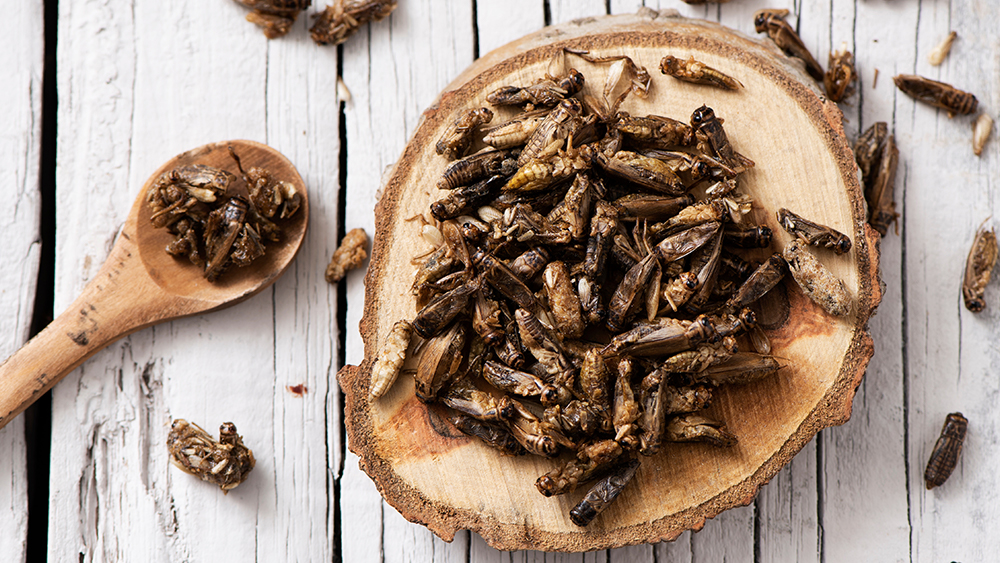
Researchers from the National Food Institute worked together with the Department of Nutrition, Exercise and Sports at the University of Copenhagen and DTU Bioinformatics to study 50 overweight adults in a span of 16 weeks, according to an entry by Science Daily. The participants were divided into two groups – one group consumed a diet of whole grains for eight weeks, then switched to refined grains for another eight weeks. The second group did the experiment in reverse.
The researchers noted some changes to the participants' eating habits, such as reduced cravings, which led to weight loss. The researchers determined that whole grain consumption makes people want to eat less because they give the feeling of satiety, or feeling full for longer periods of time, in contrast to refined grain diets.
Additionally, the participants' consumption of whole grains reduced "unnecessary" inflammation called "low-grade" inflammation, which is an inflammatory response even at the absence of infection in the body. This particularly occurs in overweight people, which increases their risk of developing type-2 diabetes. The researchers noted that rye in particular had beneficial effects on the blood's content of inflammatory markers.
"Our analysis confirmed that there is a sound scientific basis for the dietary recommendation to eat whole grains. This may particularly apply to people, who are at an increased risk of developing cardiovascular disease or type-2 diabetes," according to Professor Tine Rask Licht from the National Food Institute. "A good idea for future studies would be to examine the effect of various grain types." (Related: Whole-grain breakfast cereal slashes heart attack risk by 22 percent.)
The researchers also found that a consistent diet of whole grains did not significantly make noticeable changes in the gut bacteria composition of the participants. Licht explained that this may be because of the different composition of bacteria in each individual, which impacts how each participant will react to dietary whole grains.
"This is something that further studies of our data may answer," added Licht.
The study was published in more detail in the journal Gut.
Facts about whole grains
The Food and Drug Administration (FDA) defined whole grain as any product containing intact, ground, cracked or flaked cereal grains, with their endosperm, germ and bran still intact.
Whole grain kernels have three parts: bran, the outermost shell which contains the fiber, minerals and antioxidants; the middle layer called endosperm, which is mainly made up of carbs; and germ, the innermost layer which contains most of the grain's nutrients and plant compounds. Whole grains come in many varieties, such as oatmeal, millet, quinoa, brown rice, whole rye, wild rice, wheat berry, bulgur, buckwheat, barley, and sorghum.
Did you know that popcorn is also part of the whole grain family? It is a special type of corn called Zea mays everta, which is the only one known to explode or "pop" when in contact with heat.
Read more about whole grains and their beneficial properties at Seeds.news.
Sources include:
Please contact us for more information.























